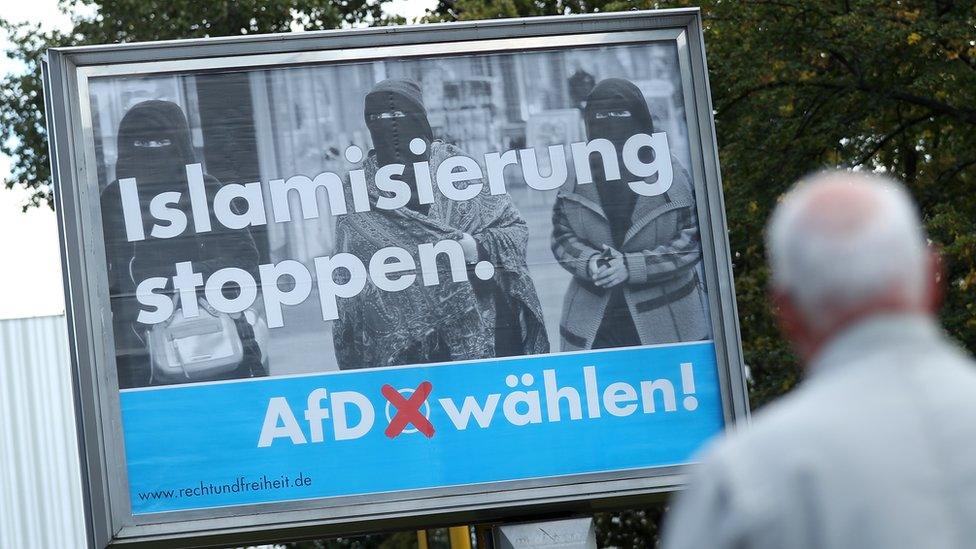Merkel's party wins final Saxony-Anhalt vote by big margin
- Published
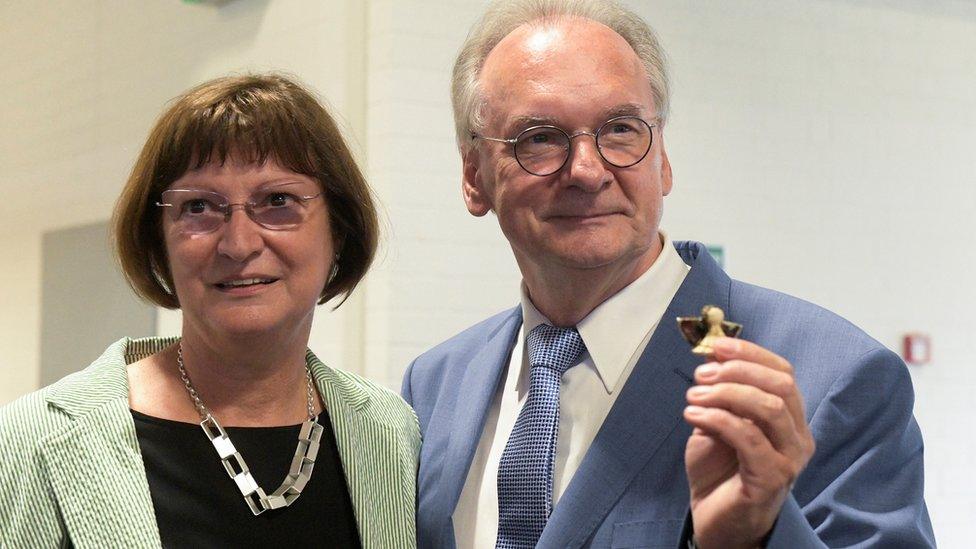
CDU Premier Reiner Haseloff with his wife Gabriela on election day
Germany's centre right has fended off a challenge by the far right in the last regional test before national polls in September, partial results show.
The Christian Democrats (CDU) of Chancellor Angela Merkel won 37% of the vote in the state election in Saxony-Anhalt, in the former East Germany.
It did much better than opinion polls had predicted.
The far-right Alternative for Germany (AfD) took 21%, after nearly equalling the CDU in the opinion polls.
Mrs Merkel has dominated German politics as chancellor since 2005, leading an uneasy coalition with the CDU's old centre-left political foe, the Social Democrats (SPD), after the last election in 2017.
A centrist regional leader, Armin Laschet, has been picked to succeed her as the CDU's chancellor candidate in the September election.
How did the parties do in Sunday's election?
The CDU has dominated Saxony-Anhalt since German reunification in 1990 and its current Premier, Reiner Haseloff, looks set to return to power at the head of a coalition.
Even if they had won the largest share of the vote, the anti-immigrant AfD would not have been able to govern, as the smaller parties had ruled out any deal involving it.
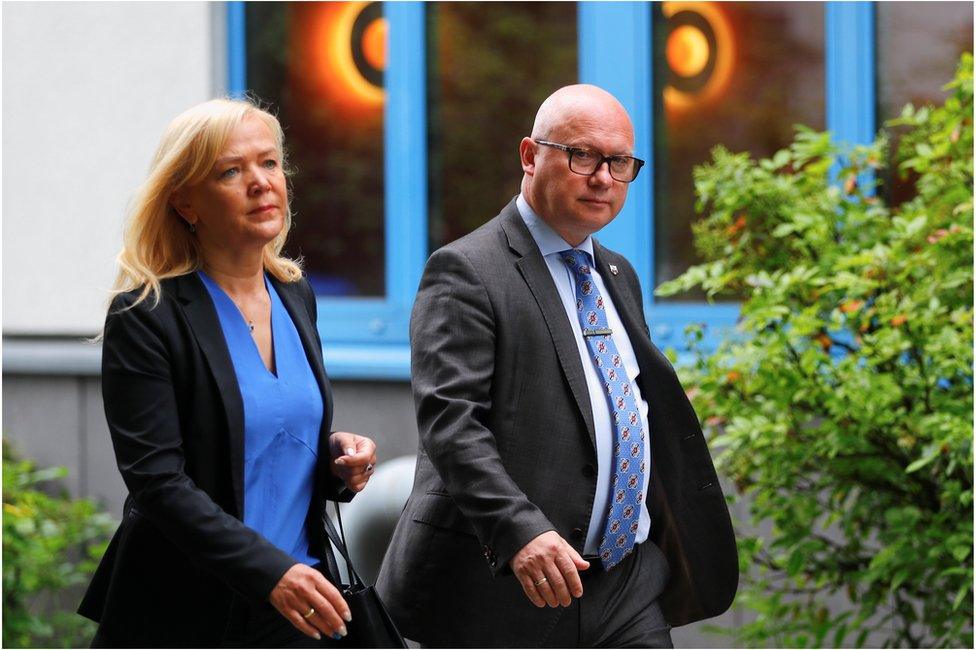
Local AfD leader Oliver Kirchner with his wife Tatiana on election day
According to the partial results:
Die Linke, set up by former East German communists, came third with 11%
The SPD won 8.4%
The liberal Free Democratic Party (FDP) won 6.4%
The Greens won 6%

Four uncertain months

Angela Merkel's supporters cheered in Saxony-Anhalt as the results came in. They have overcome a significant challenge from the AfD. And there will be relief in Berlin too.
This is the last regional election before Germany goes to the ballot box in September. Mrs Merkel is standing down and Armin Laschet has struggled to reinvigorate dwindling public support for the CDU.
Its main challenge at the national level comes from the Green Party. Mr Laschet will no doubt be relieved that the Greens did not make significant gains in Saxony-Anhalt.
But the celebrations may be short-lived. Many analysts believe the CDU's regional victory is simply down to a popular local leader. And with four months to the general election it's still by no means guaranteed that Angela Merkel's party will hold on to the keys to the chancellery.

Saxony-Anhalt basics

Quedlinburg's castle, church and old town are world heritage sites
The eighth largest of Germany's 16 states, it is about the size of Slovenia and has a population of 2.2 million
Magdeburg is the state capital but the biggest city is Halle
The population has shrunk by more than half a million since German reunification in 1990
One of the poorest states after reunification, today it has a diverse industrial sector including automotive supply production, mechanical engineering, information technology, biotechnology and medical technology
The state has one of Germany's highest concentrations of Unesco World Heritage Sites

How are the parties doing nationally?
When Germany elects a new federal parliament on 26 September, the results could be as ground-breaking as they were in 2017, but for different reasons.
How a young girl from East Germany became one of the most powerful people in the world
If 2017 was the year the far right entered parliament, 2021 looks set to be the year the Greens challenge the centre right for the biggest share of the vote.
A poll of opinion polls monitored by Politico , externalsuggests:
The CDU and its Bavarian allies, the Christian Social Union, will win 25%, a drop of about eight percentage points on the last election in 2017
The Greens will surge from just under 9% to 23%
The SPD will shrink from just over to 20% to 15%
The FDP will continue its comeback, from 10.7% in 2017 to 13% this year
The AfD will fall back slightly from 12.6% to 11%
Up to 2017, German governments had alternated between coalitions led by either the CDU/CSU or the SPD, with the FDP or the Greens the junior partner.
But the SPD's claim to be a party of government has been steadily eroded just as the fortunes of the Greens rise.
- Published27 September 2021
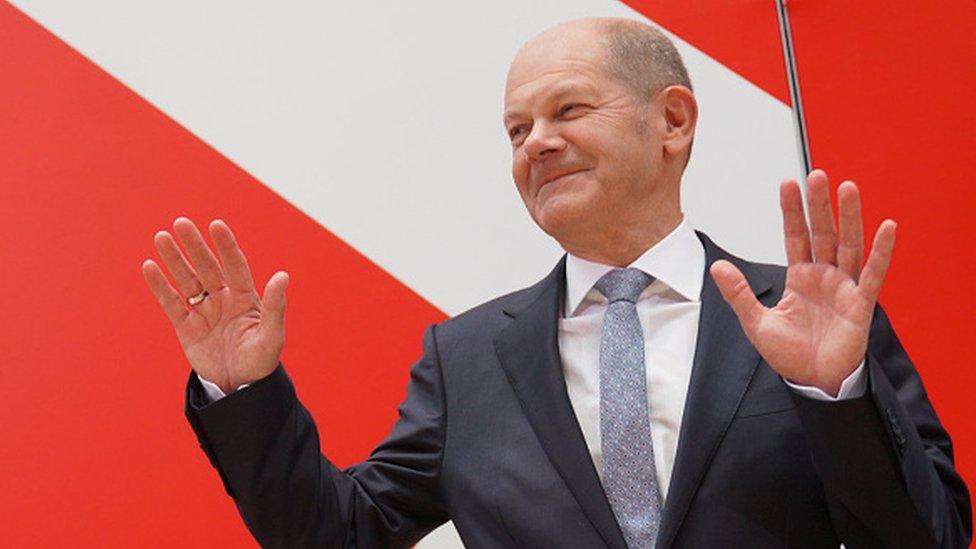
- Published20 April 2021
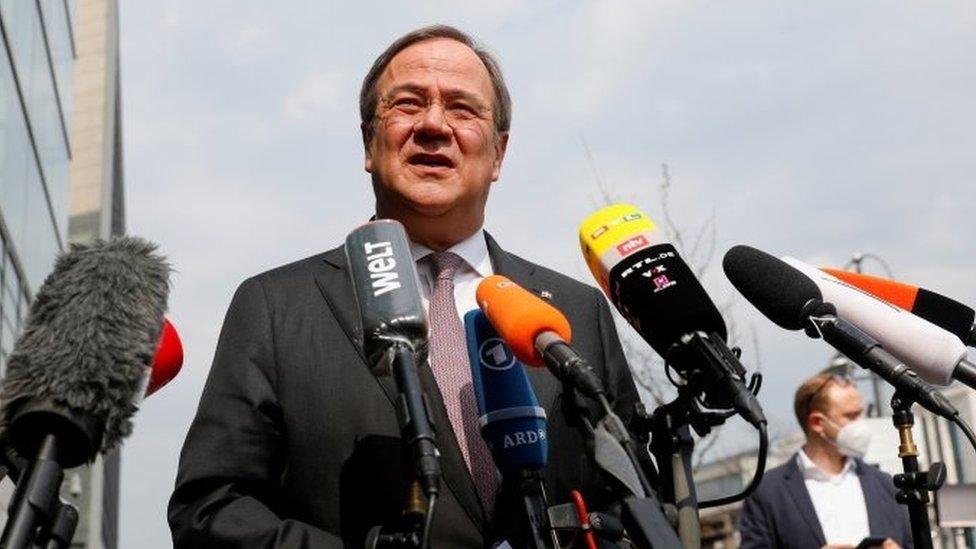
- Published3 June 2019
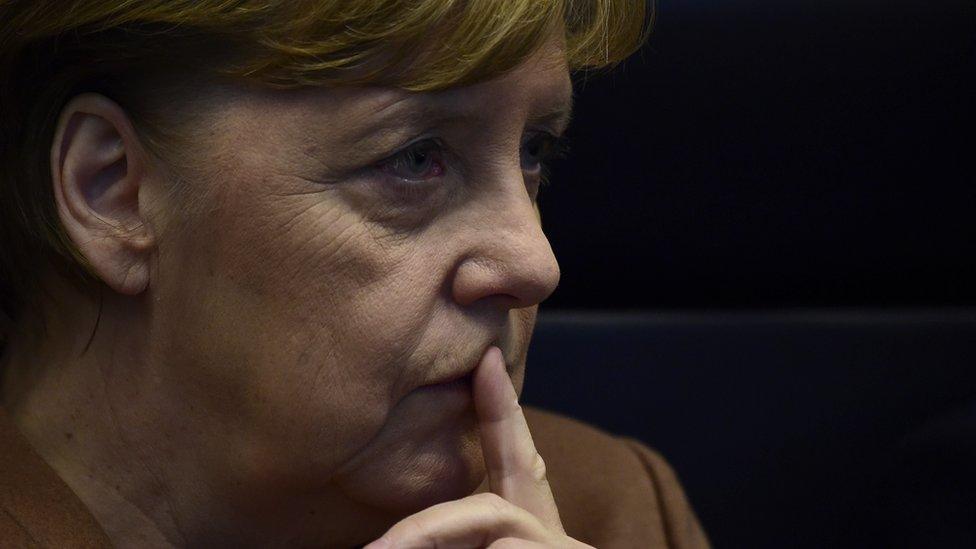
- Published11 February 2020
